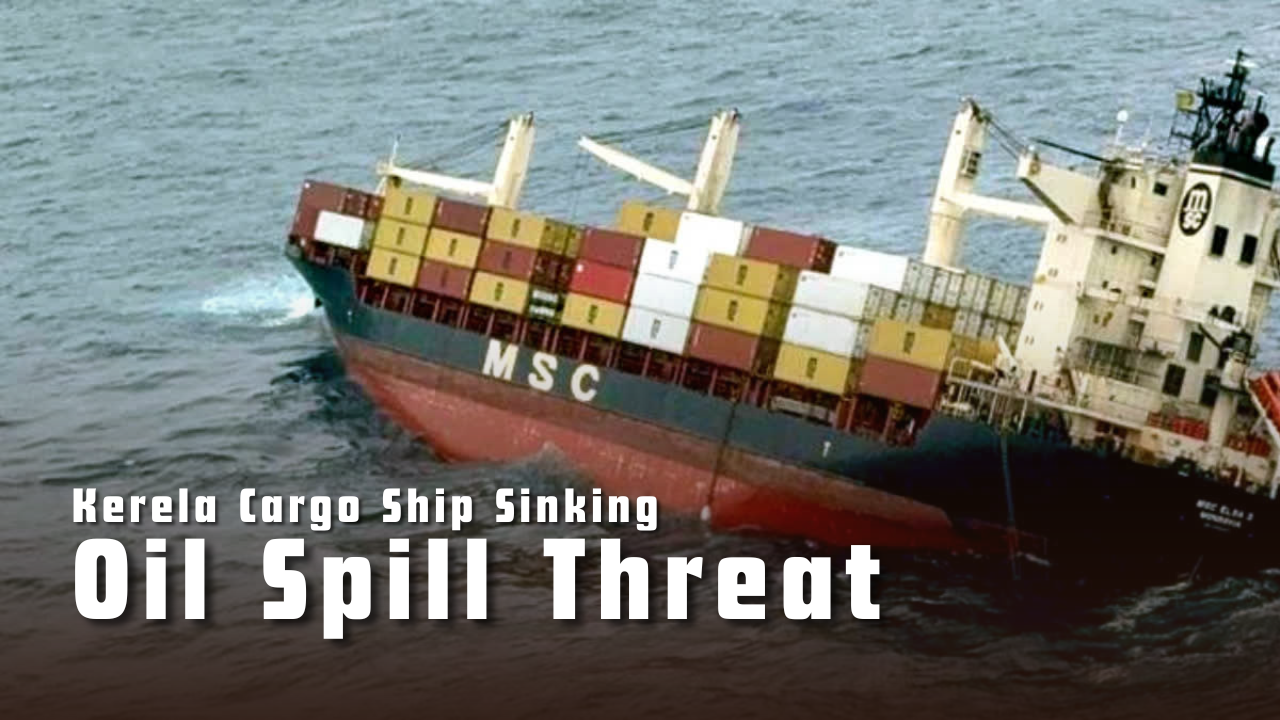Font size:
Print
Human-caused Nitrous Oxide Emissions
Context:
A recent study by the Global Carbon Project reveals a significant increase in human-caused nitrous oxide (N₂O) emissions, which grew by 40% between 1980 and 2020.
Key Findings:
- Agricultural Contributions:
-
- The report “Global Nitrous Oxide Budget 2024,” led by Boston College researchers and published in Earth System Science Data, attributes 74% of human-driven N₂O emissions in the 2010s to agriculture.
- The main sources are chemical fertilisers and animal waste used on croplands.
- In 2020, agricultural emissions reached 8 million metric tons, marking a 67% increase from 1980
- The Growing Threat of N₂O:
-
- Nitrous oxide is approximately 300 times more potent than CO₂ in terms of global warming potential and remains in the atmosphere for over a century.
- The atmospheric concentration of N₂O reached 336 parts per billion in 2022, a 25% increase over pre-industrial levels, outpacing previous predictions by the Intergovernmental Panel on Climate Change.
- The urgent need to reduce N₂O emissions to meet the Paris Agreement’s goal of limiting global temperature rise to 2°C. Currently, there are no technologies to remove N₂O from the atmosphere.

- Sources and Trends:
-
- The study highlights the rapid increase in N₂O emissions, driven mainly by the agricultural sector’s use of nitrogen fertilisers and animal manure.
- In 1980, farmers used 60 million metric tons of commercial nitrogen fertilisers, which rose to 107 million metric tons by 2020.
- Animal manure contributed 101 million metric tons, leading to a combined usage of 208 million metric tons in 2020.
- Country-Specific Emissions:
-
- The top ten N₂O-emitting countries are China, India, the United States, Brazil, Russia, Pakistan, Australia, Indonesia, Turkey, and Canada.
- China has seen a slowdown in emissions since the mid-2010s, and Europe has also made progress.
- In the U.S., agricultural emissions continue to rise, though industrial emissions have slightly declined, keeping overall emissions flat.
Policy and Technological Solutions:
- Addressing N₂O emissions requires policy interventions, technological innovations, and individual actions.
- Precision agriculture, nitrogen-efficient fertilisers, improved livestock management, and existing industrial technologies can help reduce emissions.
- Consumers can also contribute by adopting more plant-based diets and eco-friendly practices like composting.
Way Forward:
- The study underscores the necessity of a comprehensive approach combining policy, technology, and individual actions to combat N₂O emissions and mitigate climate change.
- With better monitoring and targeted mitigation efforts, significant progress can be made towards the objectives of the Paris Agreement.
Conclusion:
In conclusion, while the challenge of reducing nitrous oxide emissions is daunting, the knowledge and technologies available today offer a pathway to a more sustainable future. Efforts must be intensified globally to curtail this potent greenhouse gas’s impact on climate change and environmental health.



